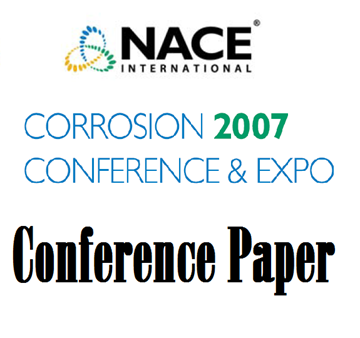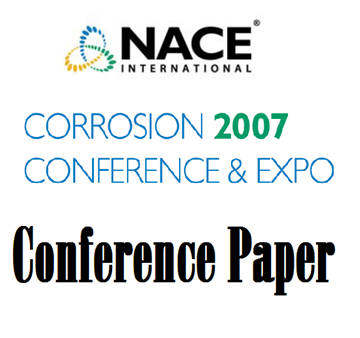Search
07420 Factors that Influence the Performance of High-Temperature Coatings
Also Purchased
51312-01710-Coatings for high temperature applications
Product Number:
51312-01710-SG
ISBN:
01710 2012 CP
Publication Date:
2012
$20.00
07421 Fabricating Nickel Alloy Products to Avoid Stress Relaxation Cracking
Product Number:
51300-07421-SG
ISBN:
07421 2007 CP
Publication Date:
2007
$20.00
07423 Control of Relaxation Cracking in Austenitic High Temperature Components
Product Number:
51300-07423-SG
ISBN:
07423 2007 CP
Publication Date:
2007
$20.00




